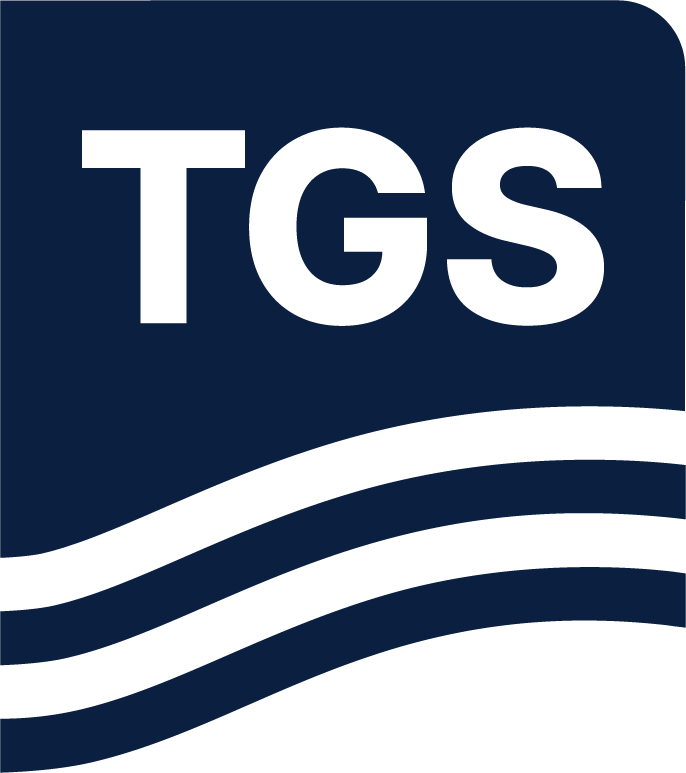A multiparameter inversion workflow that simultaneously estimates velocity and reflectivity was applied to an ocean bottom node (OBN) dataset from the deep waters of the Santos Basin, offshore Brazil. The geological setting includes a relatively thin post-salt section with a thick salt layer of varied composition, including layered evaporite deposits, situated above producing pre-salt reservoirs. The complexity of the varied salt structures creates imaging challenges at the pre-salt interval, notably variations in illumination and loss of resolution (blurring). Recovering stable amplitudes from reliable images requires a combination of long-offset, full-azimuth acquisition, accurate velocity estimation, and least-squares migration.
Technical Library

